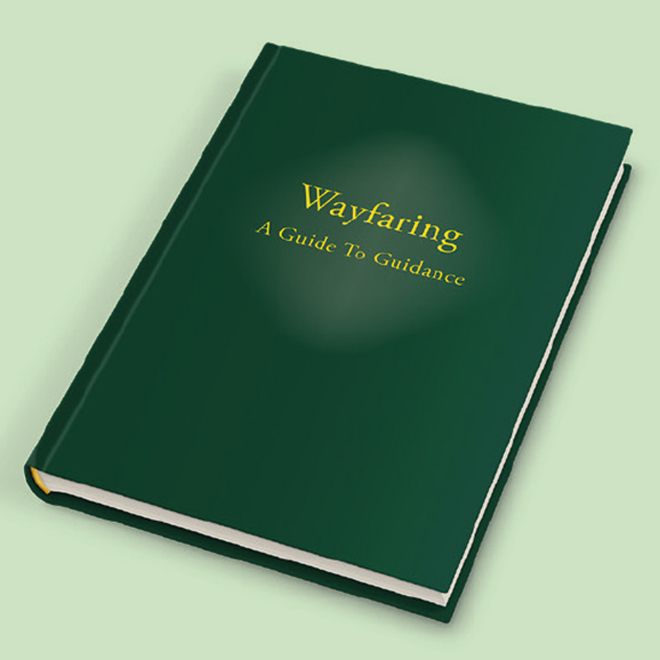Cerith Wyn Evans, S=U=P=E=R=S=T=R=U=C=T=U=R=E Photo: Photo: Linda Nylind.
Tripping the light fantastic
Rowena Loverance reviews ‘Light Show’ at London’s Hayward Gallery
‘Light’, wrote Robert Grosseteste in the thirteenth century, ‘is more exalted and of a nobler and more excellent essence than all corporeal things.’ From the ancient to the early modern world, it was a commonplace that light offered the best way of representing the unrepresentable, namely God. As recently as the beginning of the twentieth century, Holman Hunt’s Light of the World drew vast crowds on a world tour – seen, according to one estimate, by four-fifths of the population of Australia.
